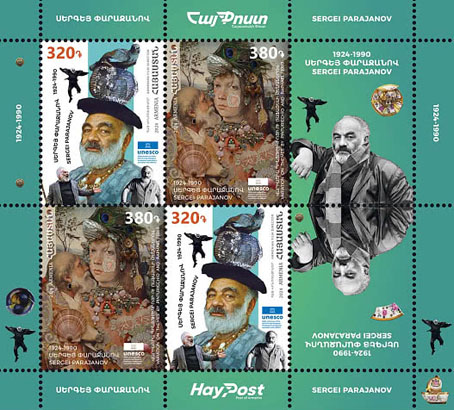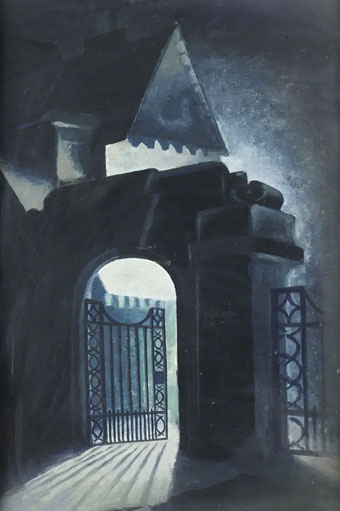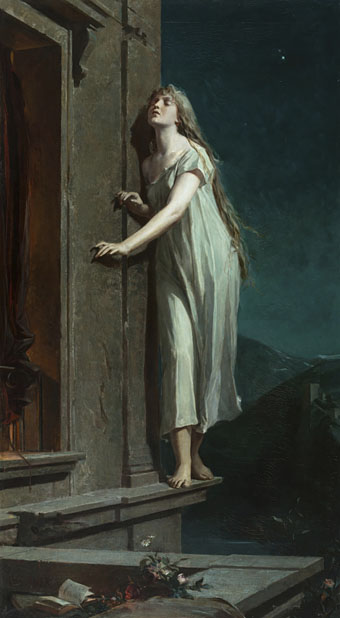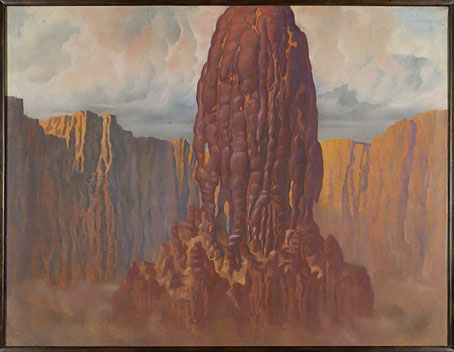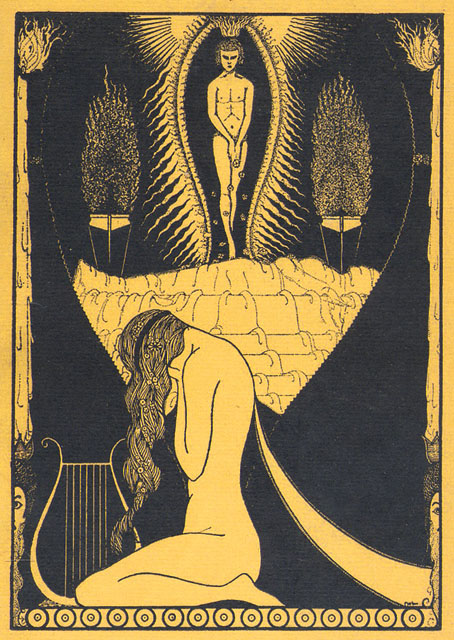
Illustration by Frank Mechau for The Love of Myrrhine and Konallis (1926) by Richard Aldington.
• At A Year In The Country: The Delaware Road: “A surreal post-war Albion and Quatermass meets Tinker, Tailor, Soldier, Spy.”
• At Colossal: Rajesh Vora photographs the unique Punjabi tradition of adorning homes with sculptural water tanks.
• At Unquiet Things: The fragile eternity of Margaretha Roosenboom’s floral still lifes.

Illustration by Frank Mechau for The Love of Myrrhine and Konallis (1926) by Richard Aldington.
• New music: Damaged by Ghost Dubs, and Selene by Akira Kosemura & Lawrence English.
• At Public Domain Review: Allison C. Meier on The Dance of Death across centuries.
• RIP Shelley Duvall. Related: Anne Billson on Shelley Duvall: her 20 greatest films.
• At Dennis Cooper’s: Galerie Dennis Cooper presents…Félicien Rops.
• Steven Heller’s font of the month is Sisters.
• Eno Williams’ favourite records.
• Two Sisters (1967) by The Kinks | All Your Sisters (1996) by Mazzy Star | Two Sisters (2017) by Gel-Sol

